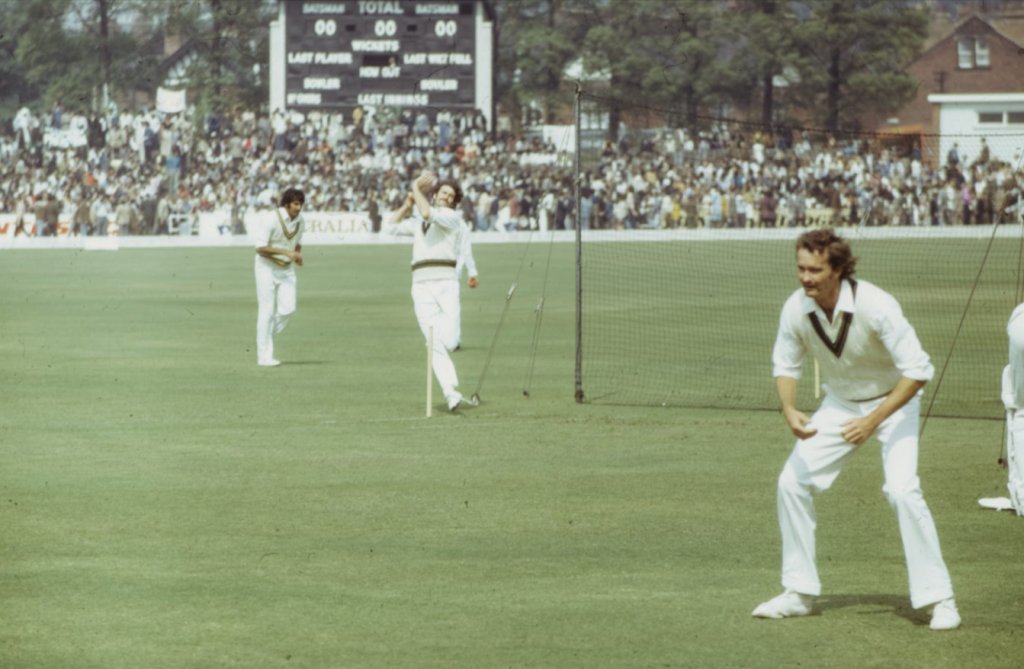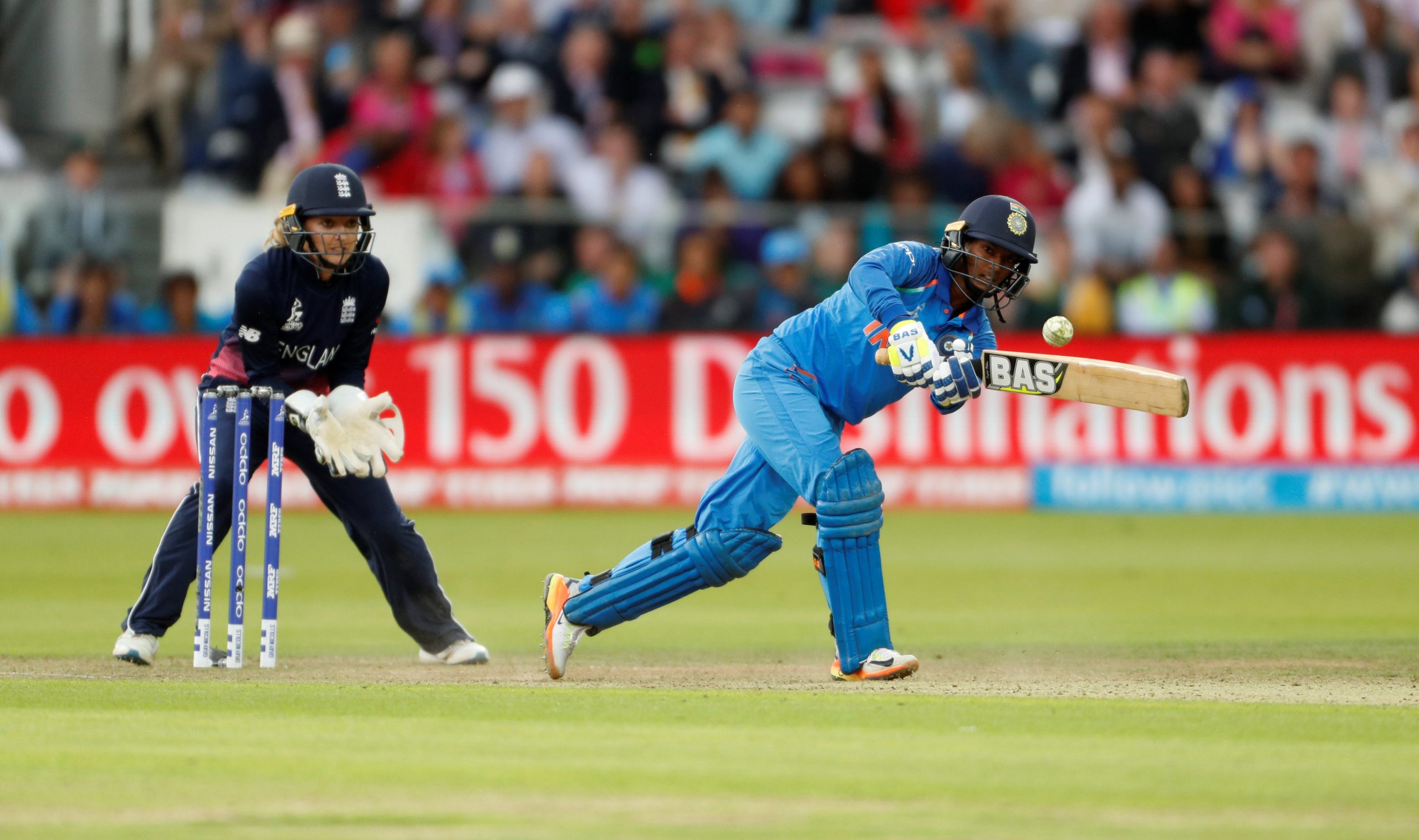Cricket, a game born in the rustic fields of England, has been transformed over the centuries into a global sport. This transformation wasn’t accidental but a product of strategic shifts and rule changes, commonly called the Evolution of Cricket Rules. At the heart of this evolution has been the Marylebone Cricket Club (MCC), the team that played a crucial role in shaping the modern game of cricket.
Gentlemen versus Players: A Key Milestone in Cricket History
The evolution of cricket was marked by a significant event – the emergence of professional players. As cricket’s popularity spread, so did the notion of Gentlemen versus Players, signifying an important shift from a gentleman’s hobby to a sport with professional players.
Analysis of Pioneering Cricket Regulations
A look at the Pioneering Cricket Regulations brings to light some ground-breaking changes. These regulations included standardizing the match format, introducing the concept of overs, and the notion of follow-on. These early rules aimed to enhance the game’s competitiveness and fair play while being inclusive to players of different skill levels.
Examination of 18th-Century Cricket Guidelines
The 18th Century Cricket Guidelines were significant as they introduced formal rules. The codification of cricket laws during this period laid the foundation for today’s standardized game. These rules include pitch dimensions, detailed descriptions of run-outs, and hit-wicket-outs. The significant influence of the Marylebone Cricket Club (MCC) in crafting these rules cannot be overstated.
Cricket Tactics: Victorian Era Rule Changes and the Role of W. G. Grace
Cricket’s journey enters an exciting phase with the Victorian Era Cricket Rules. As the sport grew, so did the need for more comprehensive guidelines. The role of W. G. Grace in these rule changes has been pivotal. His skills and leadership led to noteworthy modifications in batting and bowling rules, significantly influencing the sport.
19th Century Batting Regulations: A Comprehensive Review
A crucial aspect of Grace’s contribution was the transformation of batting through 19th Century Batting Regulations. Backstops were abandoned, allowing more area for stroke play. Additionally, overarm bowling directly influenced batting styles, necessitating more defensive strategies, thus altering the game’s aesthetics.
Progress in Bowling Techniques Development
The development of bowling techniques was equally noteworthy, with rule changes leading to the diversity of bowling styles today. The introduction of overarm bowling marked an evolutionary leap in cricket, with speed and swing becoming crucial components of the game.
Influence of Cricketing Legends on Rules
Individual flair and brilliance have also contributed to the evolution of cricket rules. Players with an innovative approach to gameplay have led to significant rule changes, underlining the influence of cricketing legends.
In-depth Look into the Establishment of LBW Rules
In the realm of cricketing legends, W.G. Grace was not alone. Establishing LBW (Leg Before Wicket) rules further dictated batting techniques. Players had to rethink their strategies, bringing about a revolution in the game’s playing style.
Introduction of Overarm Bowling: An Evolutionary Leap in Cricket
This wave of innovation wasn’t limited to batting alone. Overarm bowling, a key development in bowling techniques, changed the game drastically. It enhanced bowlers’ skillsets and leveled the playing field, bringing greater balance to the game.
Impact of International Cricket on Rules
As the game was exported to various colonies, cricket started to take on a more international character. New teams brought new challenges and perspectives, leading to an impact of International Cricket on rules.
20th Century Fielding Standards: Understanding the Modern Play
The maturing of cricket as an international sport saw an evolution in fielding practices. 20th Century Fielding Standards redefined the importance of fielding in winning matches, shifting the focus from just batting and bowling.
Limited Overs Cricket: Innovations that Changed the Game
The advent of the limited-overs format has been a game-changer. Apart from on-field rule shifts such as powerplays and field restrictions, it also brought commercial innovations such as player auctions and franchise-based teams, stunningly altering the sport’s landscape.
An Overview of Cricket Umpiring Evolution
As modern cricket became more competitive, the condensation of errors became imperative. Technological advances, such as DRS (Decision Review System), have brought more precision to umpiring decisions, underscoring the significance of cricket umpiring evolution.
Technological Advances in Cricket Rules: A Modern Perspective
Technological advances in cricket rules have made the game not only fairer but also more viewer-friendly. Innovations like the Third Umpire, DRS, and Snickometer have ensured a correct decision-making process, reducing human error considerably.

ICC (International Cricket Council) Contributions to the Game’s Regulations
The International Cricket Council, as the sport’s official governing body, has played a key role in developing and administrating the game and its regulations worldwide. The ICC’s strict and uniform adherence to cricket laws has contributed to maintaining the game’s spirit and guiding it into the future.
Powerplays and Field Restrictions: A Strategic Dimension in Cricket
Cricket strategies have also evolved, with the implementation of Powerplays and Field Restrictions adding a new dimension to the game. These changes aimed to strike a balance between the bat and ball, rewarding aggression and innovation in equal measure.
DRS (Decision Review System) Implementation: Enhancing Fair Play
The implementation of the DRS (Decision Review System) ushered in a new era of advanced officiating in cricket, which further enhanced the fair play element in the game. This system provides teams with the ability to challenge on-field umpiring decisions, ensuring a reduction in errors.
Spirit of Cricket Concept: Upholding the Game’s Ethos
Regardless of the changes and development, the essential ‘Spirit of Cricket’ concept has been upheld, encouraging respect for opponents and fair play. This ethical code of conduct is viewed as the backbone of the sport, constantly guiding its evolution and growth.
T20 Cricket: Rule Modifications and Their Impact
The introduction of T20 cricket ushered in the most significant rule modifications with substantial implications on the game, shifting focus towards attacking gameplay and thrilling finishes, revitalizing cricket, and expanding its fan base.
Women’s Cricket: Evolution and Rule Developments
Women’s cricket has also witnessed parallel growth and rule adaptations. Women’s cricket rule developments show progressive changes in gender perception in sports, with the gameplay, match rules, and tournament structures increasingly mirroring those in men’s cricket. The success of the Women’s T20 Cricket World Cup and the Women’s Big Bash League (WBBL) highlights the promising future of women’s cricket.
In conclusion, cricket has come a long way, with changes in rules, formats, and strategies guiding its evolution. The influence of key events, teams like the MCC, cricketing legends, and governing bodies such as the ICC in this journey is immense. Despite the myriad changes in the journey of cricket rules, the essence and spirit of the game still need to be realized.




















+ There are no comments
Add yours